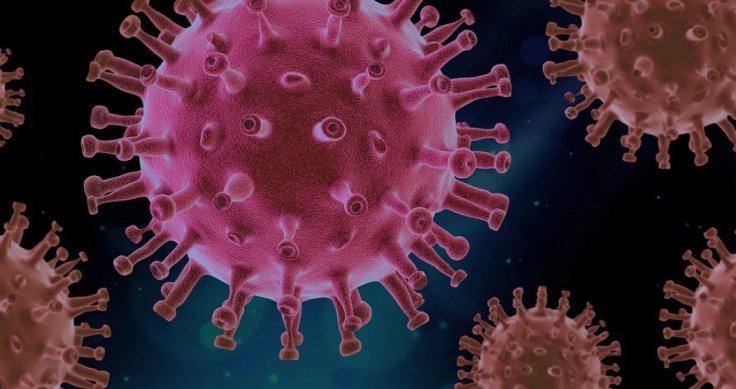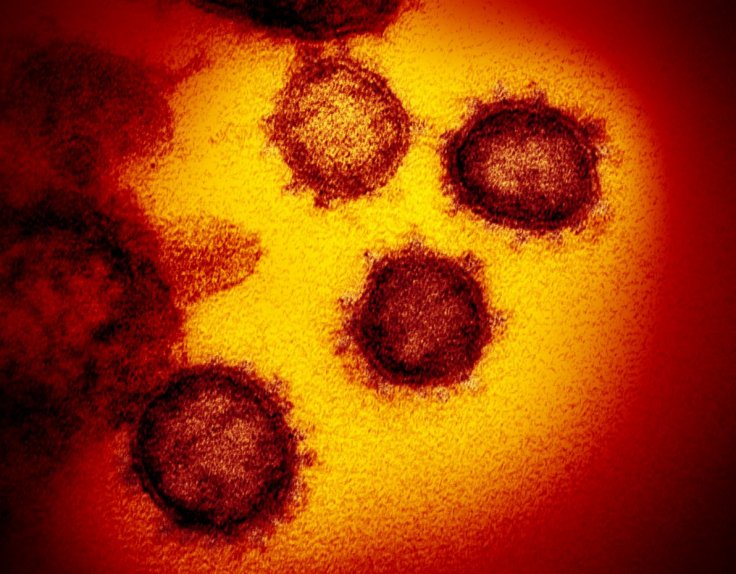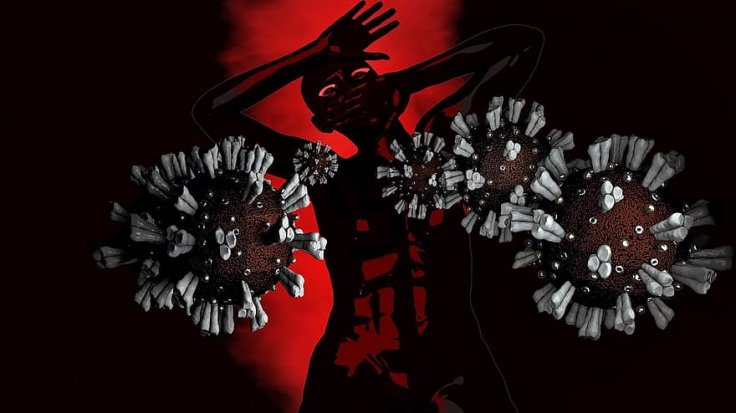One of the biggest mysteries of the SARS-CoV-2 coronavirus infection has been the disparity in its severity among those battling with it. While some have been afflicted with mild or nearly no symptoms at all, many have painfully succumbed to COVID-19. Now, a new study has stated that a specific gene in the virus could be the culprit behind the vast variation in the intensity of the disease among patients.
According to researchers from the Translational Genomics Research Institute (TGen), a gene known as miR1307 (MicroRNA 1307), may potentially be the 'switch' that impacts the acuteness of the novel coronavirus infection.
"Our study results will allow the development of virus-host interaction models that will enhance our understanding of SARS-CoV-2 pathogenesis and motivate the exploitation of both the interacting viral and host factors as therapeutic targets," the authors wrote.
Crucial Role In Other Diseases

miR1307 is an RNA Gene. They belong to the microRNA (miRNA) class of RNAs. Simply put, miRNAs are small RNAs that are said to perform important regulatory roles in several cellular processes. They are part of the most abundant class of small RNAs found in animals.
The gene has been proven to play an integral role in the severity of the flu, lung diseases, several forms of cancers, in previous studies. For example, the gene was found to have had a crucial role in the H1N1 influenza pandemic in 2009.
Detailed Genomic Analysis
For the study, the authors compared the genetic constituents of four genera of SARS-Cov-2 virus with other coronaviruses that affect human beings. They were SARS-CoV, MERS‐CoV, OC43, HKU1, 229E, and NL63. While some of these viruses such as SARS-CoV (causes Severe acute respiratory syndrome) and MERS‐CoV (cause Middle East respiratory syndrome) result in the development of life-threatening diseases, other cause nearly negligible conditions such as common colds.

Additionally, the scientists also analyzed genomes of strains of coronaviruses that infect animals such as bats, chickens, civets, ferrets, pangolins, and pigs; some of which have been found susceptible to SARS-Cov-2 as well.
"We pursued a systematic gene-by-gene comparative analysis, investigating how and to what extent the SARS-CoV-2 genome sequence differs from other well-characterized human and animal coronavirus genomes," said Dr. Nicholas Schork, co-lead author of the study, in a statement.
Working Like A 'Switch'

The scientists' analysis suggested that miR1307 acts as a switch that switches on or off numerous other genes within the SARS-CoV-2 virus, thereby, deciding how severe the manifestation of the disease will be among patients. For example, it could be regulating the pace at which the virus replicates within the host nobody.
Dr. Schork emphasized that the results of the study could serve as the basis of future research. Scientific investigation into the development of protein-based or RNA-based vaccines, designing distinct genetic markers to monitor diseases within communities, and most importantly, tracking the jump of COVID-19 from one species to another, could be some of the potential applications of the study concluded Dr. Schork.









